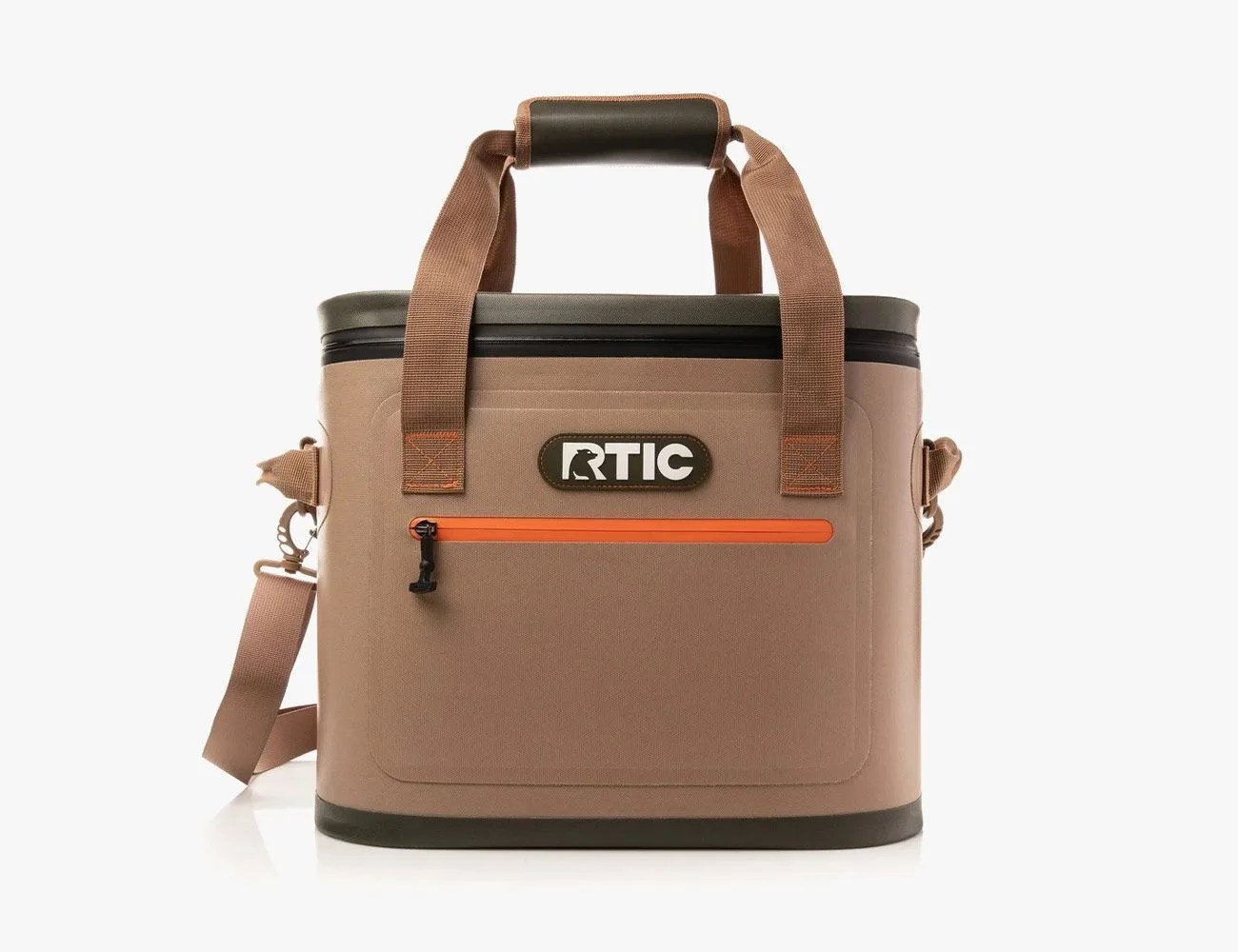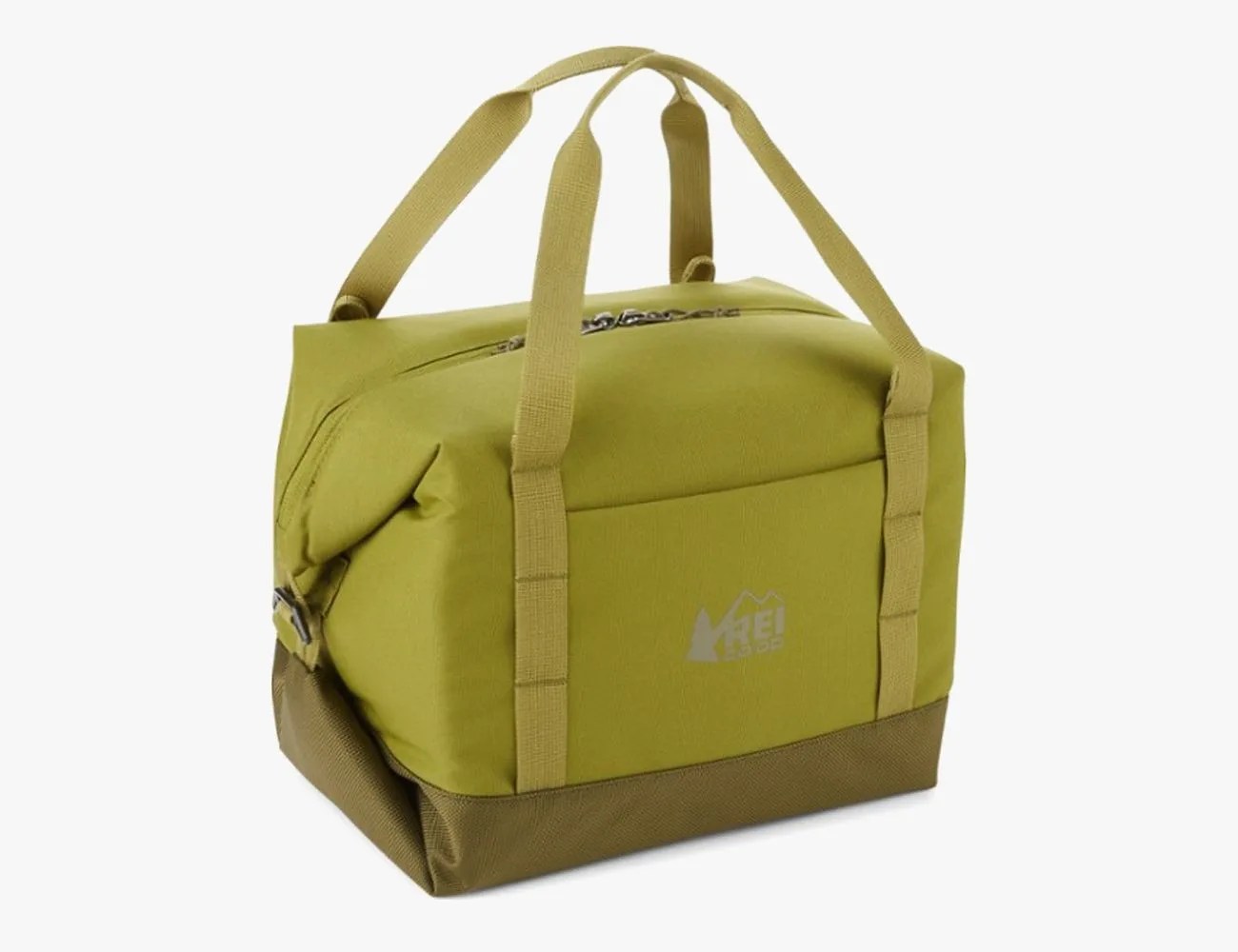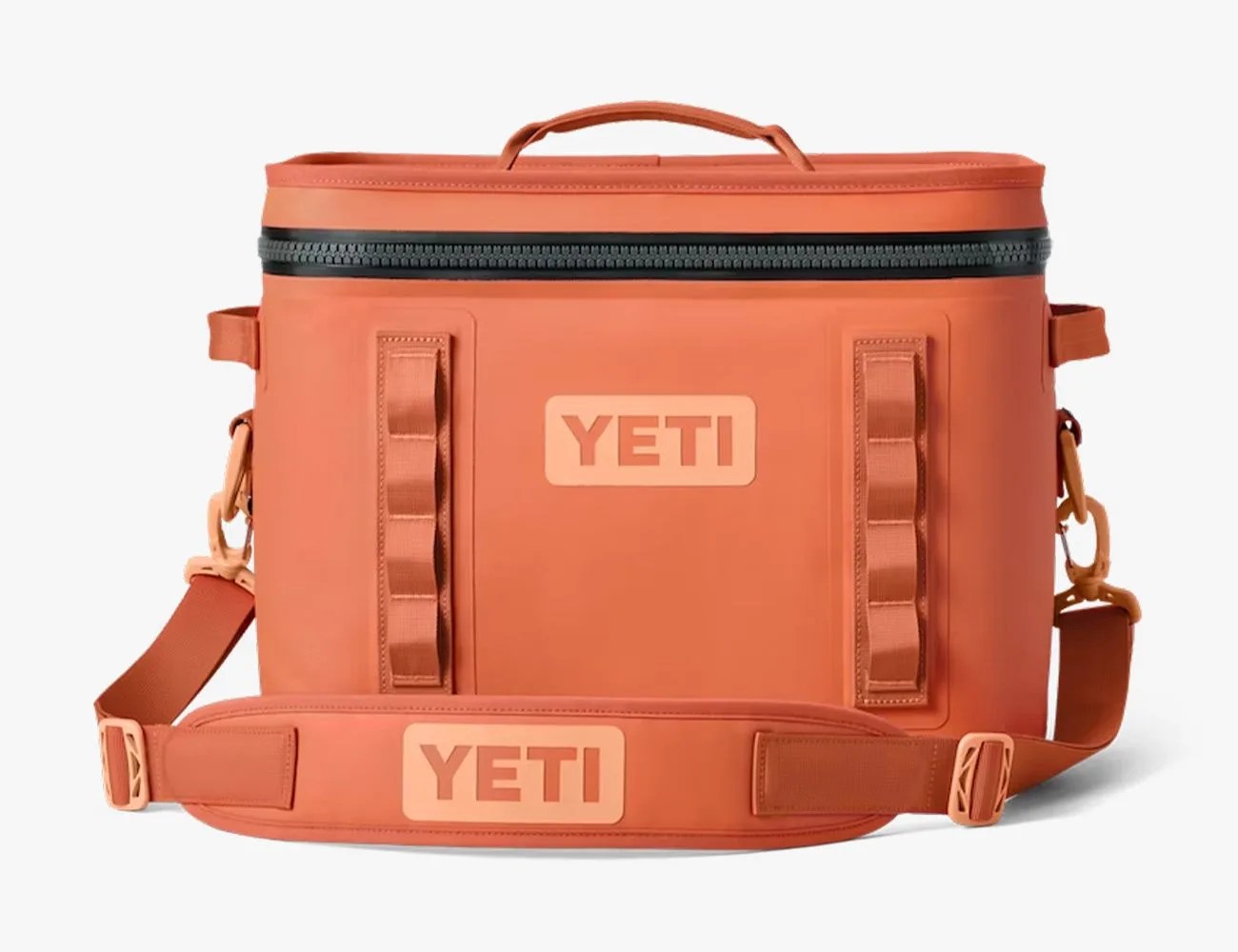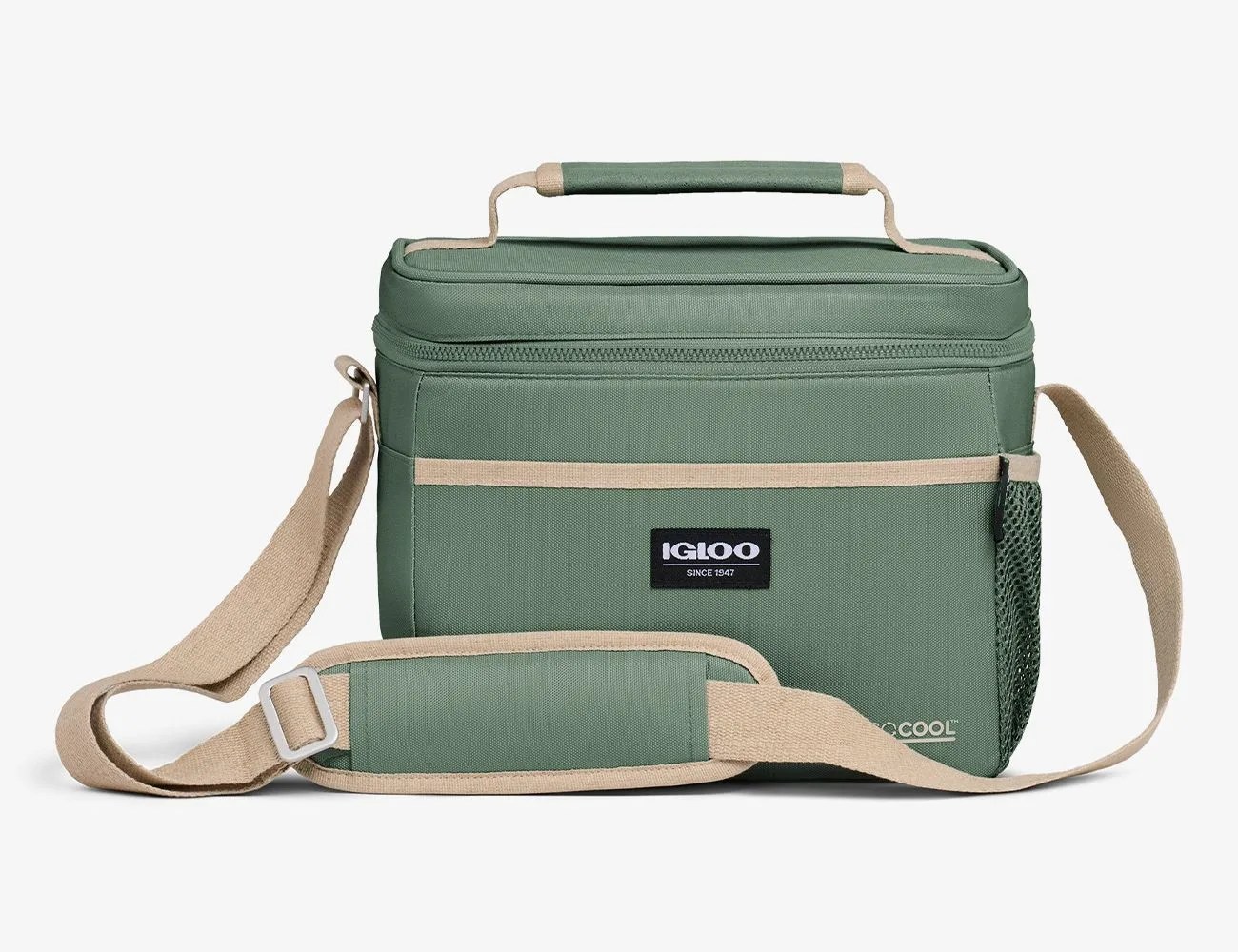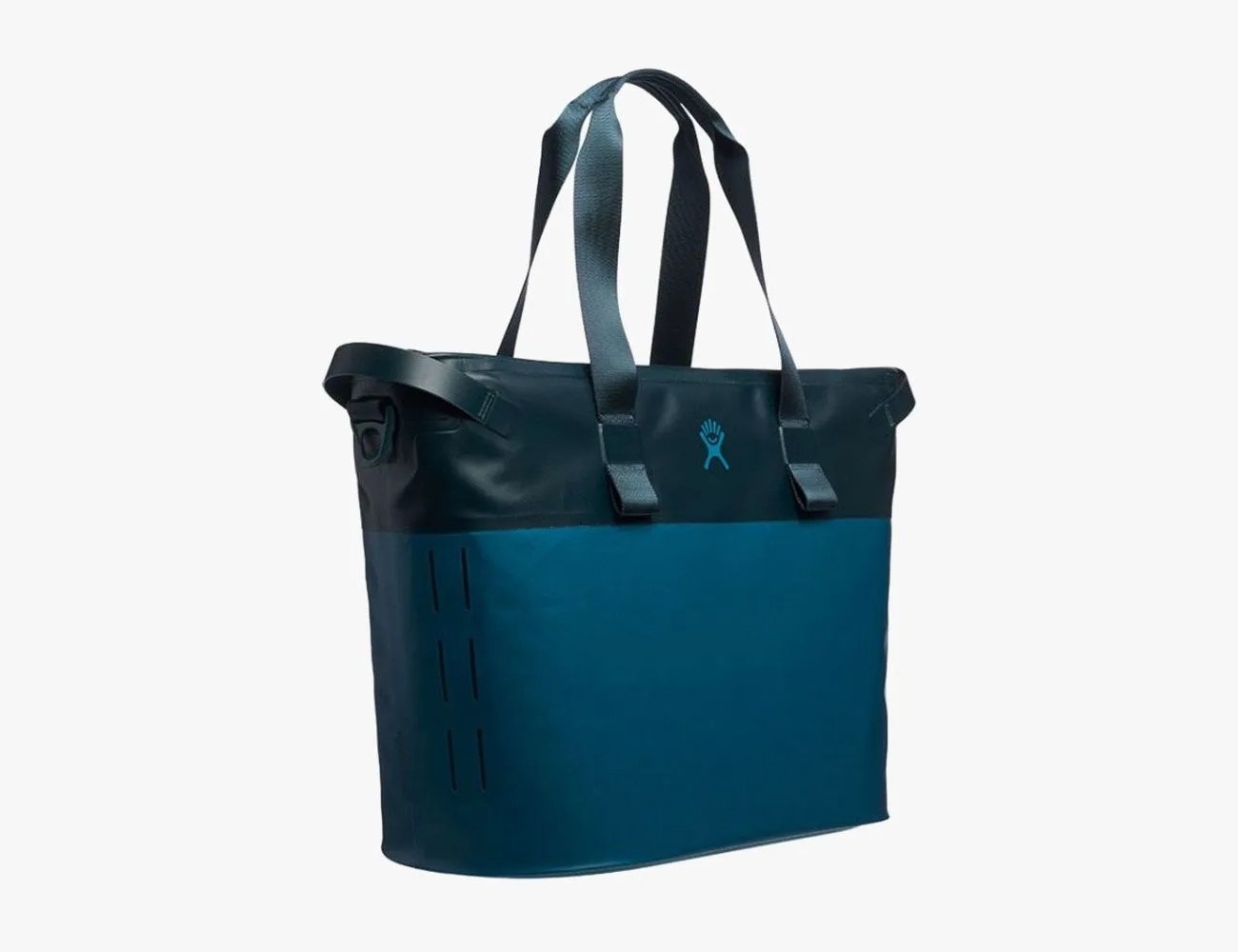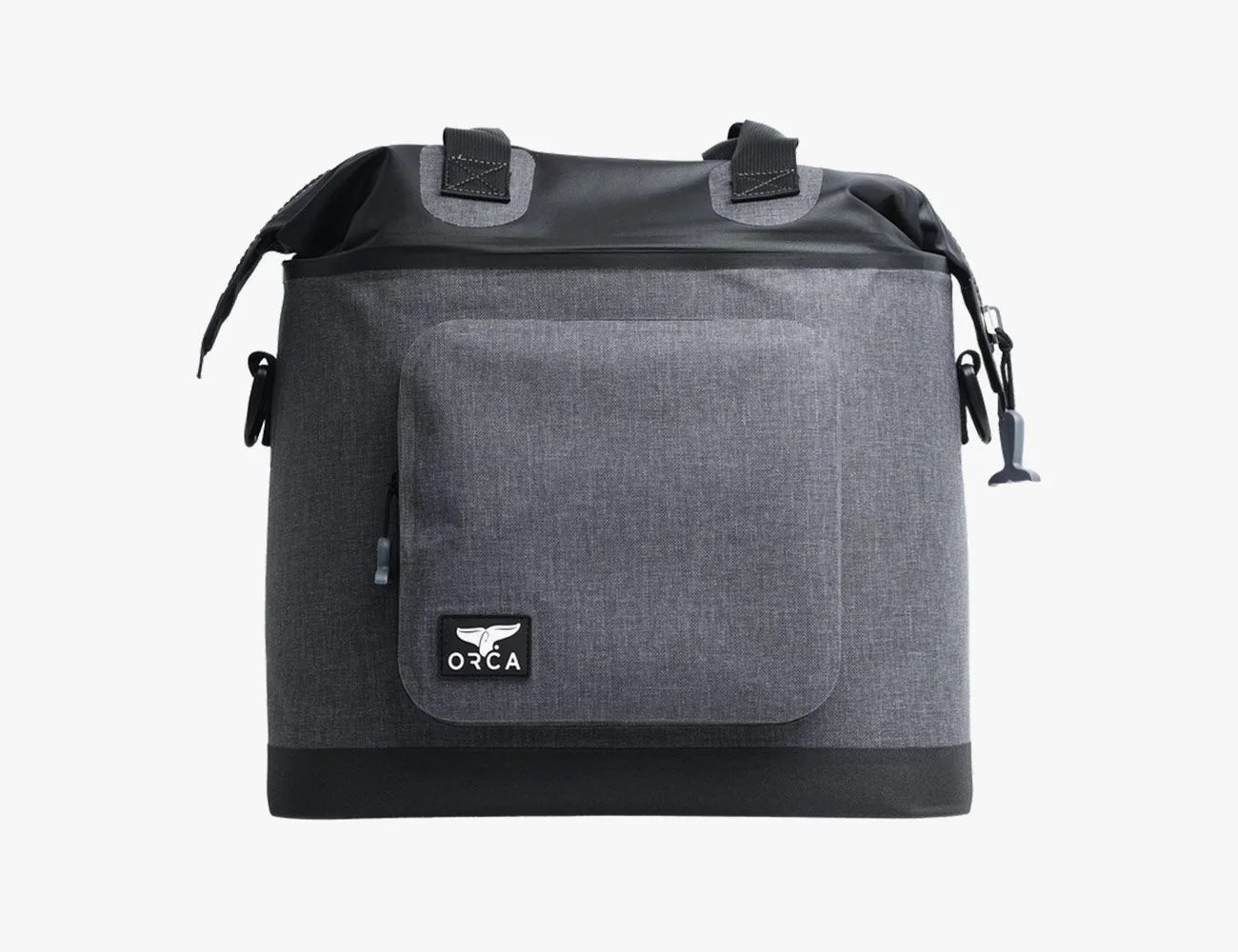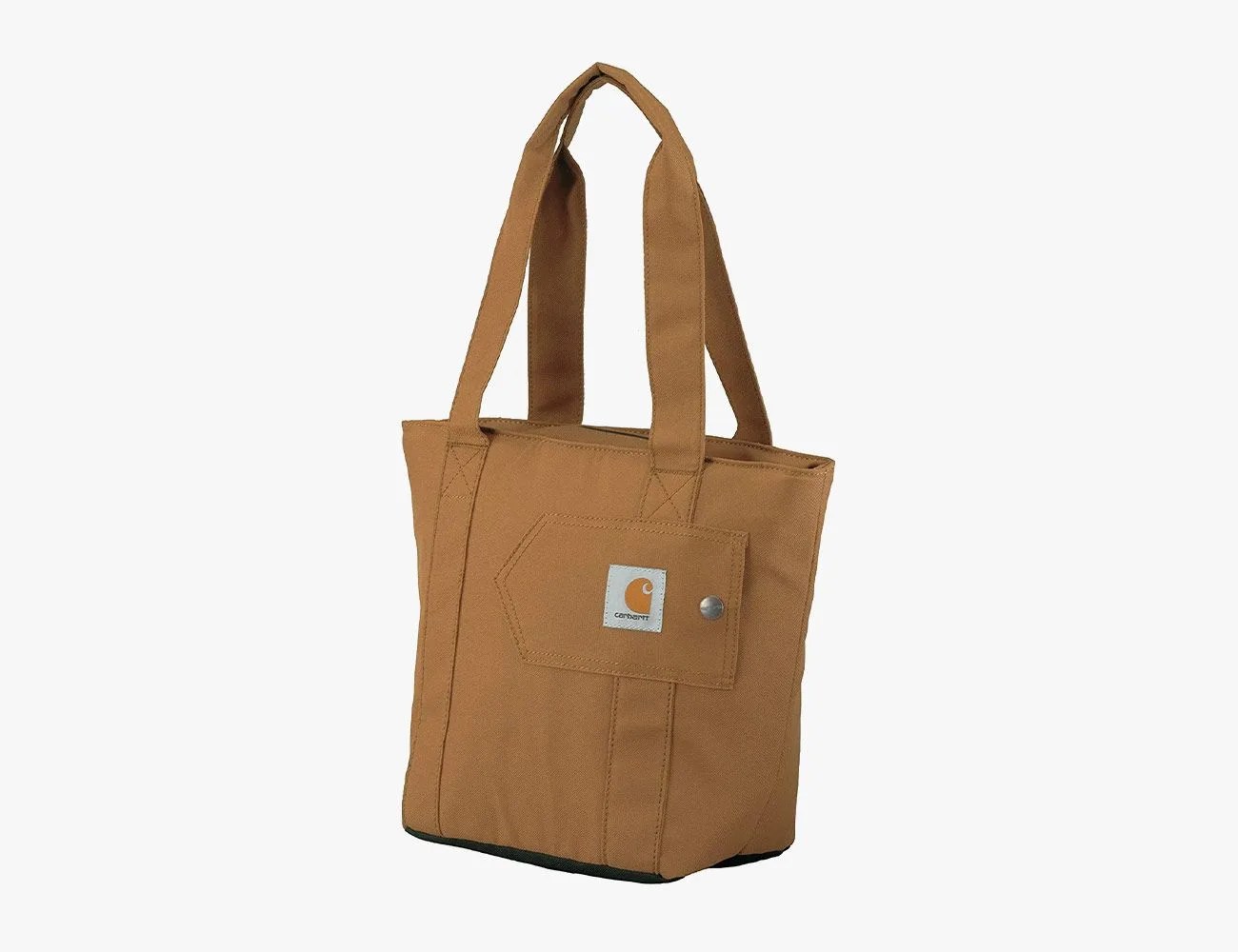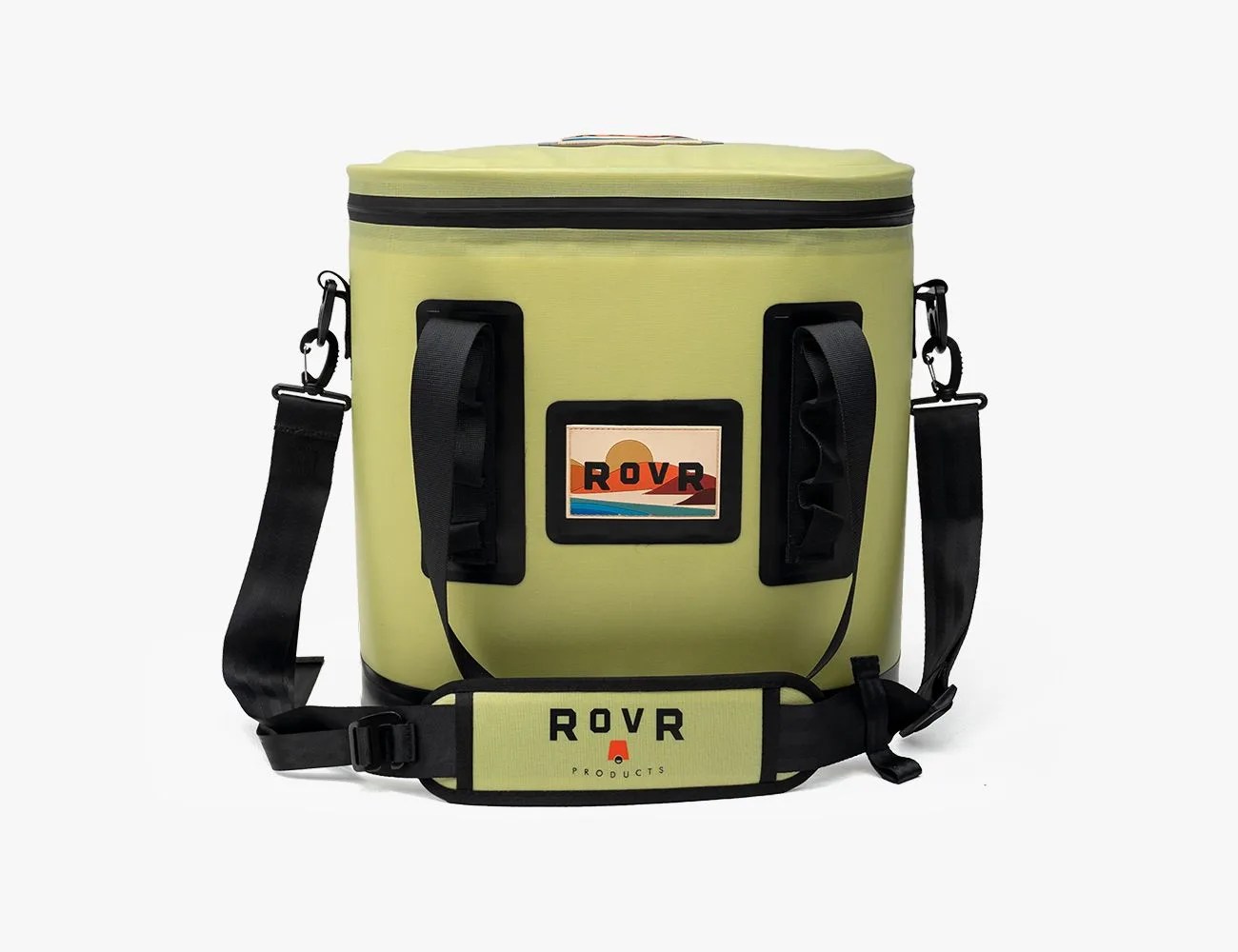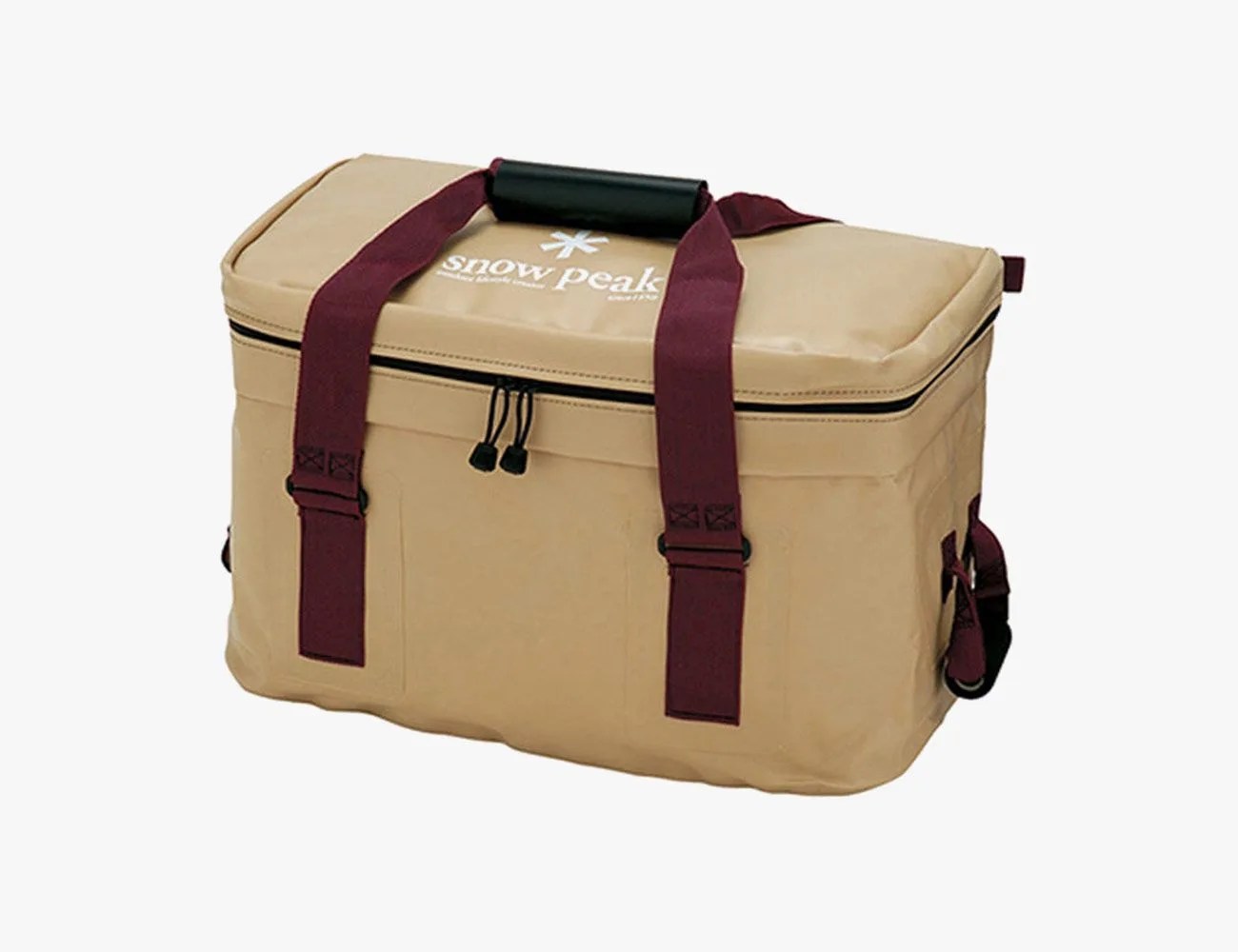When ranked among the best coolers, soft coolers might be the next great sandbaggers of the outdoors. Seemingly flexible and vulnerable — once the squall, whitewater rapids, tree branches and creatures arrive — these so-called ‘softies’ ride out the proverbial storm while keeping the moveable feast safe, chilled and cushioned. MVPs.
Compared to the hard-shelled coolers of RTIC and Yeti, soft ice chests lack some glacial retention, animal-proofness and stackability but make up for that by being lightweight, cacheable and crushable. And soft cooler is a misnomer, given many are substantial enough to pyramid other gear or tumble off the truck bed. While rigid coolers occasionally have wheels for smooth transport, soft coolers are easier to single-handedly grab over the shoulder versus heavier options.
So whether you are river rafting, SUPing from beach to beach, park BBQ-ing or road tripping to ski volcanoes or trailhead tailgating, these coolers are stout enough to answer the call. Based on our own testing, this guide shares beta on the top choices for soft coolers that keep the goodies cold and portable. Check out all the need-to-know details, from volume and rigidness to ice retention, plus key features to help you pick the best soft cooler for your next adventure.
Products in the Guide
-
RTIC Soft Pack Cooler (30 Can)
Best Overall
Read more -
REI Co-op Pack-Away 12 Soft Cooler
Best on a Budget
Read more -
Yeti Hopper Flip 18 Soft Cooler
Best for Yeti Loyalists
Read more -
Igloo EcoCool Cube 12-Can Lunch Bag
Best Eco-Friendly Softside Cooler
Read more -
Hydro Flask Day Escape 26L Soft Cooler Tote
Most Svelte Cooler
Read more -
ORCA Walker Tote
Comfiest Carry Handle
Read more -
Carhartt Lunch Tote
Best Lunch Tote
Read more -
RovR TravelR 30 Soft Cooler
Most Versatile Cooler
Read more -
Snow Peak Soft Cooler 38
Best Large Collapsible Cooler
Read more -
OtterBox Trooper 20 Cooler
Best Yeti Alternative
Read more
Soft Shell vs. Hard Shell Coolers: What’s the Difference?
While both of these types of coolers are designed, in concept, to do the same thing — i.e. keep their contents cold for an extended period — there are some pretty important differences between them. The most obvious, for starters, is that hard shell coolers are far more rigid than their soft shell counterparts. Take, for instance, Yeti’s Roadie 24. This cooler is so rigid and strong that you can actually sit on it without any fear of it collapsing under you, even if you’re a larger person. By contrast, soft shell coolers cannot typically support more than a few pounds atop them.
While that seems like a leg-up for hard shell coolers, it does come with downsides. Hard shell coolers don’t offer any give, meaning they can’t expand or collapse, nor can they shimmy into spaces that might be a little too tight. Soft shell coolers, by contrast, often do offer all of those features. And some – like Carhartt’s Insulated 40 Can Cooler Backpack Tote — have so little structure that they can actually collapse quite easily between uses. That makes them, generally speaking, easier to store and transport. And that’s a pretty great trade-off for anyone limited on space.

